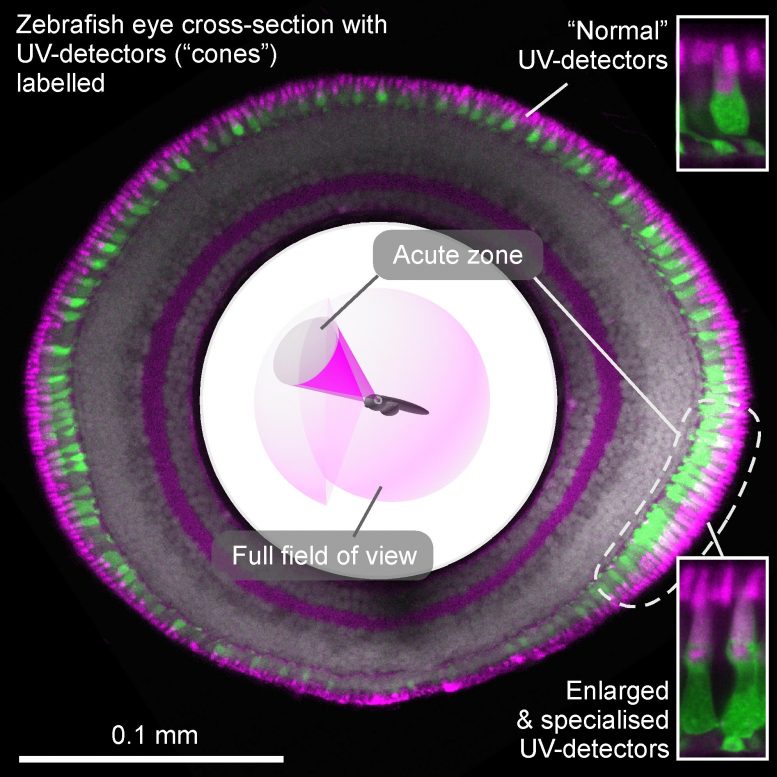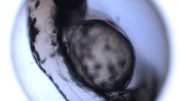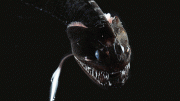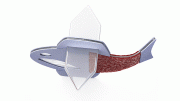Recently discovered ‘single-pixel vision’ in fish could help researchers understand how humans are able to spot tiny details in their environment — like stars in the sky.
In a paper published this week, researchers at the University of Sussex found that zebrafish are able to use a single photoreceptor to spot their tiny prey.
This photoreceptor is like an ‘eye pixel’ and seems to provide enough of a signal for the fish to go and investigate the stimulus.
Professor Tom Baden and his co-authors believe that this could provide insights as to how animals, including humans, are able to process tiny details in their environment.
Professor of Neuroscience Tom Baden, said: “Zebrafish have what’s known as an ‘acute zone’ in their eyes, which is basically an evolutionary forerunner to the fovea that we have in the retina of our own. In both the zebrafish acute zone and the human fovea, visual acuity is at its highest.
Underwater scene from fish point of view, seen with human-visible spectrum (left) and with UV-vision (right). Zebrafish prey (paramecia) readily stand out in the UV video as bright moving spots.
“Because of this similarity, zebrafish are really good models to help us understand how the human eye might work.
“We found that, in this acute zone, zebrafish are using single photoreceptors to spot their tiny prey — the equivalent of us spotting a star in the sky. These photoreceptors are a little bit like pixels — but ‘special’ pixels at that: They have been specifically tuned to be sensitive to prey-like stimuli.
“There have been suggestions that primates and therefore humans too, use similar tricks to enhance our own foveal vision.”
The paper, published in the journal Neuron, also reveals how zebrafish are able to see UV light and actively use UV vision to see their prey.
Prof Baden added: “This is effectively super-vision.”
“Zebrafish prey is really hard to see with human vision, which ranges from ‘red’ to ‘blue’. However, beyond blue, zebrafish can also see UV, and as it turns out their prey is easily spotted when illuminated with the UV component in natural sunlight. Our research found that without UV-vision, zebrafish have a much harder time spotting their prey.”
While humans don’t have this skill, the similarities between the zebrafish’ acute zone and our own fovea has provided researchers with a model to further investigate how our eyes work and how we’re able to see in such high detail.
Scientists now have the possibility to manipulate visual functions in the zebrafish acute zone to see how this affects their sense of sight. These sorts of tests aren’t possible in humans so doing them in fish will give researchers new insights into the function and dysfunction of extreme spatial acuity vision.
Reference: “Fovea-like photoreceptor specialisations underlie single UV-cone driven prey capture behaviour in zebrafish” by Takeshi Yoshimatsu, Cornelius Schröder, Noora E Nevala, Philipp Berens and Tom Baden, 29 May 2020, Neuron.
DOI: 10.1101/744615










Be the first to comment on "“Single Pixel Vision” Discovery in Fish Reveals Clues to How Humans Can Spot Tiny Details"